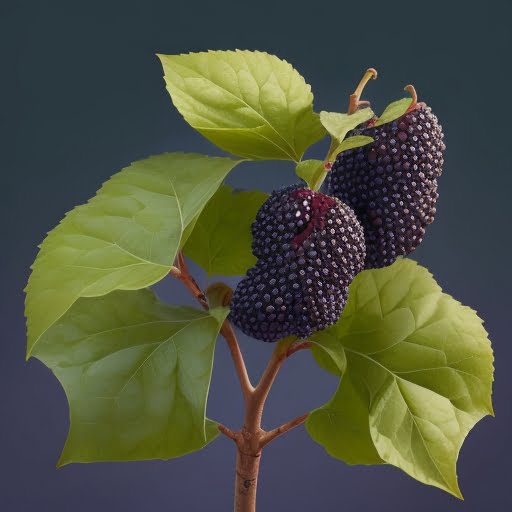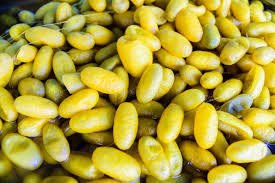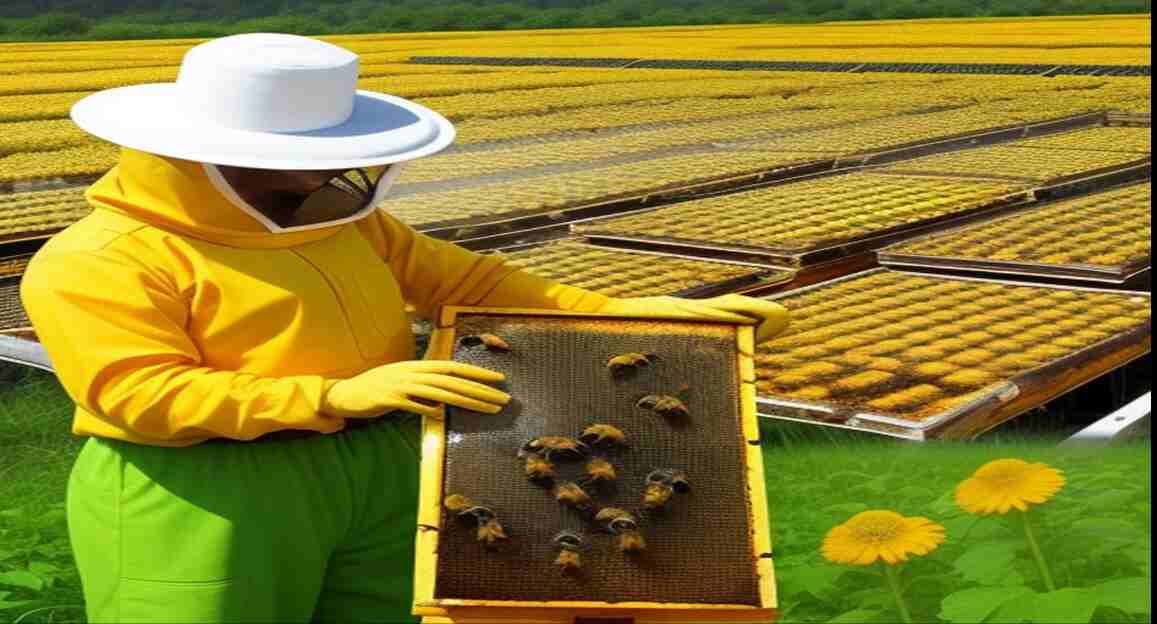Recent Trends of Sericulture in India: Sericulture, the practice of rearing silkworms to produce silk, has been an integral part of India’s cultural heritage for centuries. With its rich tradition in silk production, India has been a major player in the global silk industry. In recent years, the sericulture sector in India has witnessed several transformative trends that have shaped the way silk is produced, processed, and marketed. This article aims to explore some of the recent trends in sericulture in India and their impact on the industry’s growth and sustainability.
Recent Trends of Sericulture in India
Sericulture refers to the art of rearing silkworms for the production of silk. India plays a significant role in the global silk industry. Here are some key trends and insights:
Market Size and Growth:
- The Indian sericulture market size reached INR 451.6 Billion in 2022.
- Looking ahead, experts expect the market to grow significantly, reaching INR 1,194.5 Billion by 2028. ‘Recent Trends of Sericulture in India’
- This growth is projected at a CAGR of 17.7% during the period from 2023 to 2028.
Silk Production:
- India is currently the world’s second-largest producer of raw silk.
- The country also holds the distinction of being the largest consumer of raw silk and silk fabrics.
- Silk fabrics made from natural silk are popular in the domestic market for ceremonies, religious rituals, weddings, and festivals.
- Silk serves as raw material for garments (such as suits and sarees) and other products like curtains, bed sheets, and pillow covers.
Segmentation:
- The sericulture market is categorized based on different segments:
- Mulberry: Represents the largest segment.
- Vanya (Wild Silk): Further divided into Tasar, Eri, and Muga.
- Despite being a major producer, India faces a gap between silk production and demand, which is currently met by domestic production.
Application Areas:
- Natural Silk Yarns, Fabrics, and Made-ups: Currently the largest application area. ‘Recent Trends of Sericulture in India’
- Readymade Garments: Silk garments continue to be in demand.
- Silk Carpets: Used for home decor.
- Others: Including shawls, scarves, cushion covers, and accessories.
State-wise Distribution:
Mulberry Silk:
- Karnataka: Leading producer of mulberry silk.
- Other states include Andhra Pradesh, Telangana, West Bengal, and Tamil Nadu.
Vanya Silk:
- Assam: Currently the largest producer of wild silk (Tasar, Eri, and Muga).
- Other states involved are Jharkhand, Meghalaya, and Nagaland.
Employment Generation:
- Sericulture activities in India span across 52,360 villages.
- During 2020-21, sericulture generated employment for 8.7 million people.
- The demand for superior quality bivoltine silk is increasing both for domestic consumption and value-added silk products for export markets.
Recent Advancements in Silkworm Rearing
Hybrid Silkworm Varieties: Traditional silkworm varieties have been gradually replaced by hybrid strains, developed through advanced breeding techniques. These hybrids exhibit improved traits such as higher silk yield, disease resistance, and adaptability to different climatic conditions. ‘Recent Trends of Sericulture in India’
Mechanization in Rearing Practices: Manual labor in sericulture has been replaced by mechanized processes, leading to increased efficiency and reduced production costs. Automated rearing machines and equipment have become commonplace in sericulture farms.
Disease Management and Biosecurity Measures: The emergence of diseases that affect silkworms has prompted the implementation of stringent biosecurity measures. Regular monitoring, disease-resistant varieties, and timely interventions have minimized losses due to infections. ‘Recent Trends of Sericulture in India’
Sustainable Silk Production
Organic Sericulture: The demand for organic silk has been on the rise, driven by environmentally conscious consumers. Organic sericulture practices involve natural feed, non-chemical treatments, and ethical treatment of silkworms.
Eco-friendly Silk Processing Techniques: Silk processing units have adopted eco-friendly practices to reduce water consumption, energy usage, and waste generation. Sustainable dyeing methods using natural dyes have gained popularity.
Certifications and Labels: Certifications like GOTS (Global Organic Textile Standard) and OEKO-TEX® are being sought by silk producers to assure customers of their products’ quality and sustainability. ‘Recent Trends of Sericulture in India’
Technological Innovations in Silk Processing
Silk Reeling Machines: Traditional hand-reeling of silk has been replaced by mechanical reeling machines that improve productivity and silk quality.
Dyeing and Printing Techniques: Advancements in dyeing and printing technologies have enabled the creation of intricate and vibrant silk patterns, expanding the range of silk products available in the market. ‘Recent Trends of Sericulture in India’
Value-added Silk Products: Innovation in product design has led to the development of value-added silk products like silk blends, silk-based cosmetics, and silk accessories, catering to diverse consumer preferences.
Market Trends and Export Potential
Increasing Demand for Indian Silk: Indian silk is renowned worldwide for its quality and craftsmanship, leading to a growing demand in domestic and international markets.
Emerging Silk Markets: Countries in Europe, North America, and Asia have shown increased interest in Indian silk, opening up new export opportunities for the industry.
Export Promotion Initiatives: Government initiatives and trade promotions have facilitated the entry of Indian silk into international markets, boosting the sector’s export potential. ‘Recent Trends of Sericulture in India’
Government Initiatives and Support: The Indian government has launched various schemes and financial incentives to support sericulture farmers, promote research and development, and enhance silk exports.
Challenges and Opportunities in Sericulture
Climate Change and Crop Patterns: Changing weather patterns and unpredictable climatic conditions pose challenges for sericulture farmers, necessitating the adoption of climate-resilient practices.
Competition from Synthetic Fibers: The popularity of synthetic fibers has led to increased competition for silk products, compelling the industry to focus on unique selling propositions. ‘Recent Trends of Sericulture in India’
Skilled Labor and Training: The availability of skilled labor in sericulture and silk processing is vital for sustaining the industry’s growth. Training programs are essential to address this skill gap. ‘Recent Trends of Sericulture in India’
Role of Sericulture in Rural Development
Employment Generation: Sericulture has emerged as a significant source of employment in rural areas, especially for women and marginalized communities.
Women Empowerment: Sericulture provides women with opportunities for economic independence and empowerment, as they play a crucial role in silk production.
Economic Growth in Rural Areas: The growth of the sericulture industry contributes to the economic development of rural regions, stimulating trade and income generation.
The Future of Sericulture in India
With ongoing research, technological advancements, and increasing global demand for sustainable products, the future of sericulture in India looks promising. By embracing innovation, sustainable practices, and export-oriented strategies, the industry can continue to thrive. ‘Recent Trends of Sericulture in India’
Conclusion
In summary, India’s sericulture industry continues to thrive, driven by domestic demand, exports, and a rich tradition of silk production. The sericulture industry in India has witnessed a remarkable transformation in recent times. From traditional practices to modern techniques, from local markets to global platforms, sericulture has evolved into a dynamic and sustainable sector. With a rich heritage, India remains a significant player in the silk industry and is poised to explore new horizons in the world of silk production and trade.







